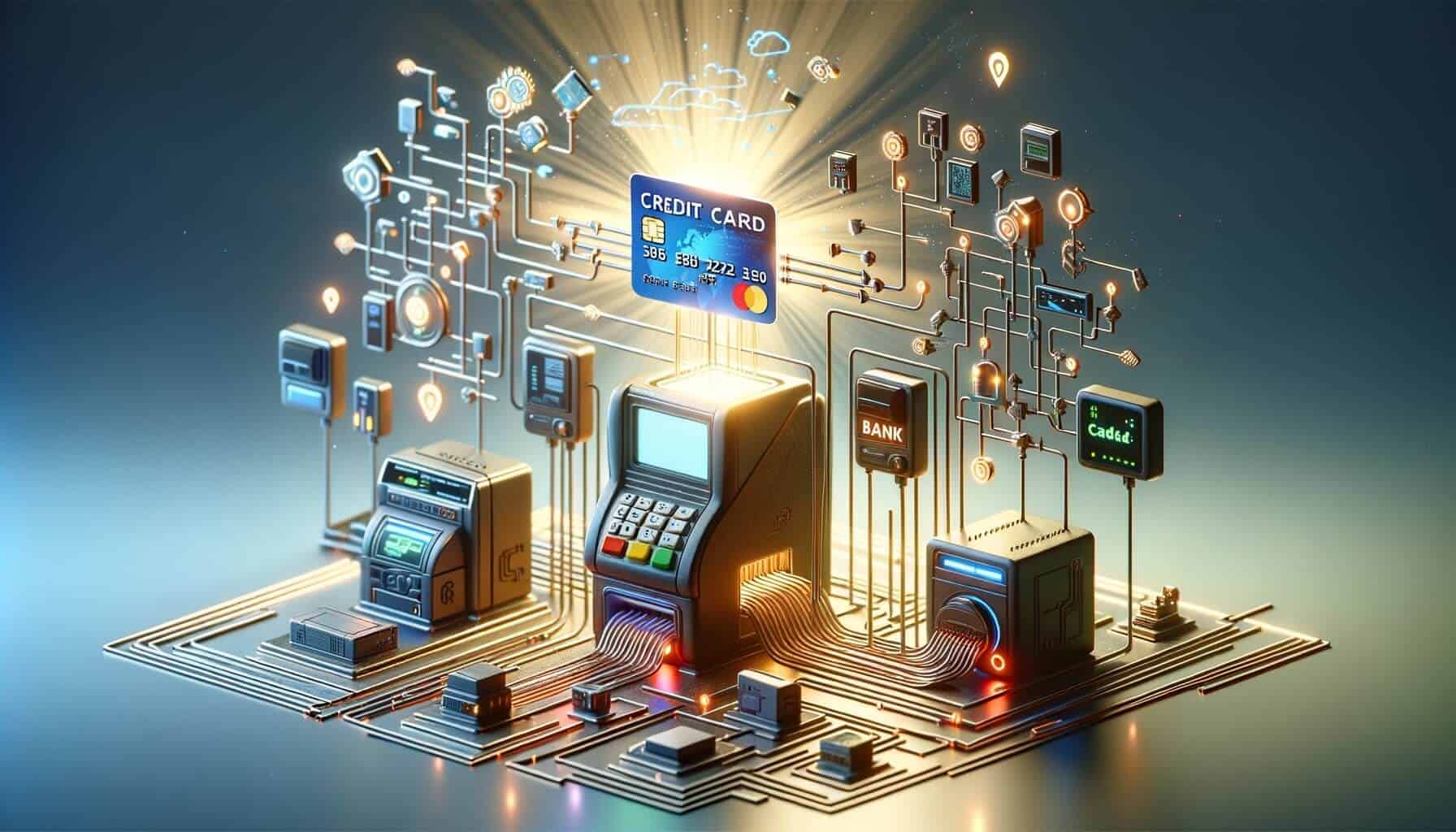
By Crystal Hopkins March 31, 2025
Credit card machines have become an integral part of our daily lives, allowing us to make purchases conveniently and securely. These machines, also known as point-of-sale (POS) terminals, have revolutionized the way we conduct transactions.
In this comprehensive guide, we will delve into the inner workings of credit card machines, exploring their basic functions, types, transaction processing, payment gateways, security measures, troubleshooting common issues, and frequently asked questions.
Understanding the Basics of Credit Card Processing
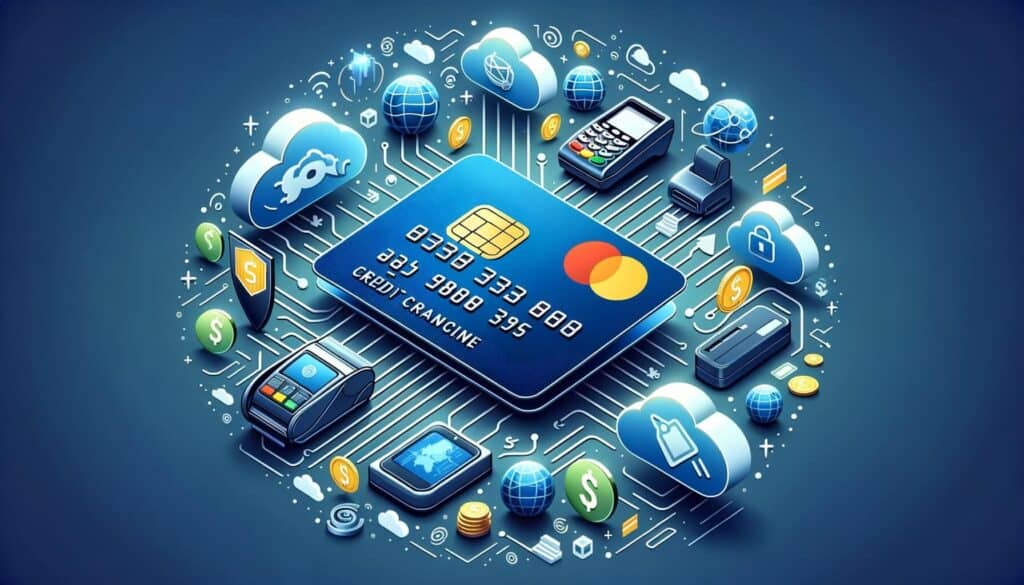
Before we dive into the intricacies of credit card machines, it is essential to understand the basics of credit card processing. When a customer makes a purchase using a credit card, the transaction goes through a series of steps to ensure the payment is authorized and processed correctly.
The process begins when the customer swipes, inserts, or taps their credit card into the machine. The machine then reads the card’s information, including the cardholder’s name, card number, and expiration date. This data is encrypted to protect it from unauthorized access.
Next, the credit card machine sends the encrypted information to the payment processor, which acts as an intermediary between the merchant and the customer’s bank. The payment processor verifies the card’s validity, checks for available funds, and confirms whether the transaction should be approved or declined.
If the transaction is approved, the payment processor sends an authorization code back to the credit card machine. This code confirms that the payment has been authorized and allows the merchant to complete the sale. The customer’s bank then transfers the funds to the merchant’s account, completing the transaction.
Types of Credit Card Machines
Credit card machines come in various types, each catering to different business needs and preferences. Let’s explore the most common types of credit card machines available in the market today.
1. Traditional Wired Credit Card Machines: These machines are connected to a landline or internet connection and require a physical connection to process transactions. They are reliable and widely used in retail stores, restaurants, and other businesses that have a fixed location.
2. Wireless Credit Card Machines: As the name suggests, wireless credit card machines operate without the need for a physical connection. They use cellular networks or Wi-Fi to process transactions, making them ideal for businesses that require mobility, such as food trucks, delivery services, and trade shows.
3. Mobile Credit Card Machines: Mobile credit card machines are small, portable devices that can be attached to smartphones or tablets. They use a mobile app and a card reader to process transactions, making them convenient for small businesses, independent contractors, and individuals who need to accept payments on the go.
4. Virtual Credit Card Machines: Virtual credit card machines are software-based solutions that allow businesses to process payments online. Customers enter their credit card information on a secure webpage, and the transaction is processed electronically. These machines are commonly used by e-commerce websites and businesses that operate solely online.
How Does a Credit Card Machine Process Transactions?
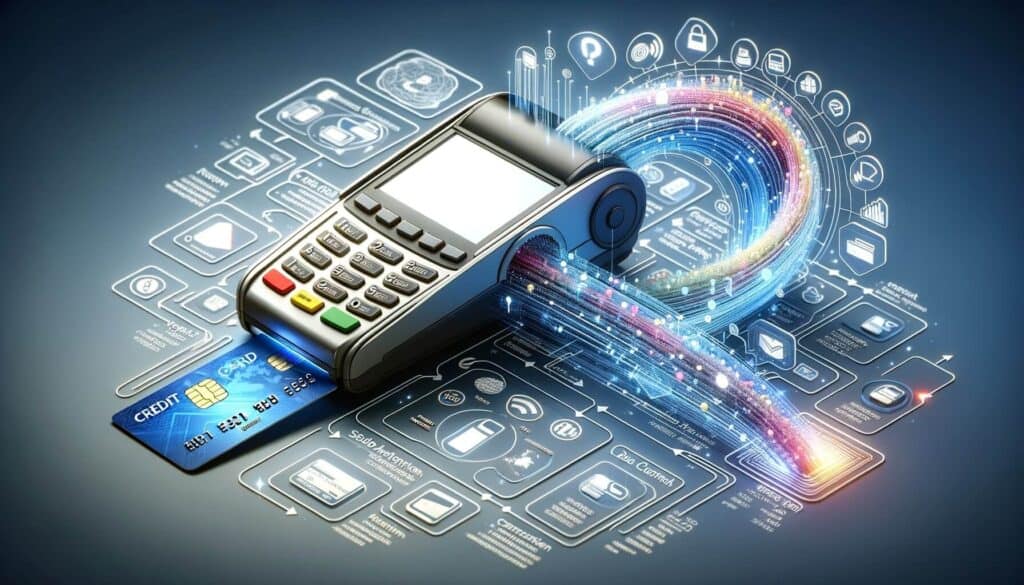
Now that we have a basic understanding of credit card machines and their types, let’s delve into the process of how these machines actually process transactions.
1. Card Data Entry: The first step in processing a transaction is entering the card data into the credit card machine. This can be done by swiping the card through a magnetic stripe reader, inserting it into an EMV chip reader, or tapping it on a contactless payment terminal.
2. Encryption and Data Transmission: Once the card data is entered, the credit card machine encrypts the information to protect it from unauthorized access. The encrypted data is then transmitted securely to the payment processor or the payment gateway.
3. Authorization Request: The payment processor or payment gateway receives the encrypted data and sends an authorization request to the customer’s bank or credit card issuer. This request includes the transaction amount, merchant information, and card details.
4. Authorization Response: The customer’s bank or credit card issuer receives the authorization request and checks the cardholder’s account for available funds. They also verify the card’s validity and perform fraud checks. Based on these checks, the bank or issuer sends an authorization response back to the payment processor or payment gateway.
5. Transaction Approval: If the authorization response indicates that the transaction is approved, the payment processor or payment gateway sends an approval message to the credit card machine. This message includes an authorization code, which confirms that the payment has been authorized.
6. Completion of Sale: With the authorization code in hand, the merchant can complete the sale. The credit card machine prints a receipt for the customer to sign, and the transaction is considered complete. The funds are then transferred from the customer’s bank to the merchant’s account.
The Role of Payment Gateways in Credit Card Processing
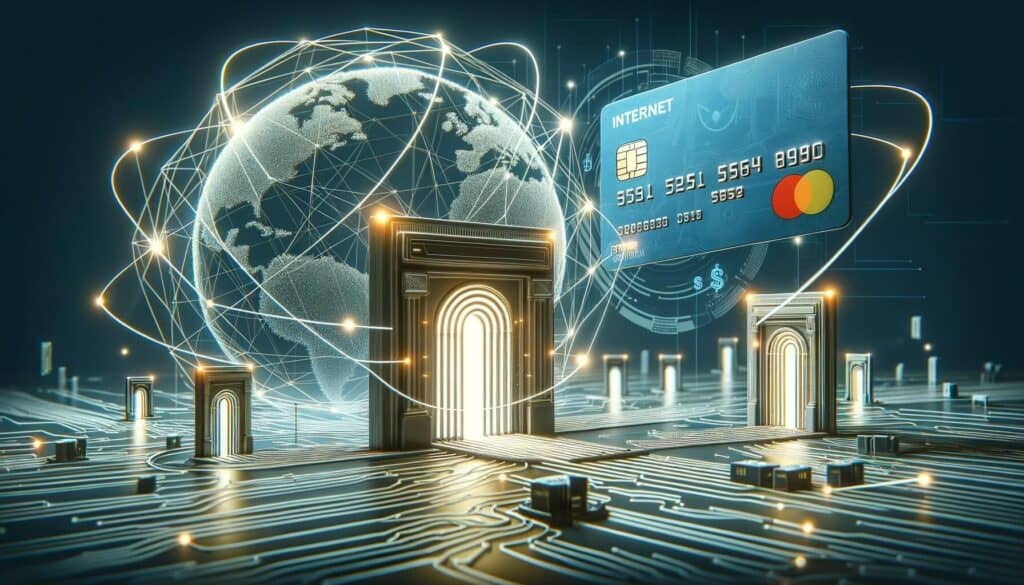
Payment gateways play a crucial role in credit card processing, acting as a bridge between the credit card machine and the payment processor. Let’s explore the functions and importance of payment gateways in more detail.
1. Data Encryption and Security: Payment gateways encrypt the cardholder’s data to ensure it remains secure during transmission. This encryption protects sensitive information, such as the card number and expiration date, from being intercepted by unauthorized parties.
2. Transaction Routing: Payment gateways route the transaction data to the appropriate payment processor or acquiring bank. They ensure that the transaction reaches the correct destination for authorization and processing.
3. Fraud Detection and Prevention: Payment gateways employ advanced fraud detection tools and algorithms to identify and prevent fraudulent transactions. They analyze various factors, such as the transaction amount, customer’s location, and purchasing patterns, to detect suspicious activity and flag potential fraud.
4. Integration with E-commerce Platforms: Payment gateways provide integration options with popular e-commerce platforms, allowing businesses to seamlessly accept online payments. They offer plugins, APIs, and software development kits (SDKs) that enable businesses to integrate the payment gateway into their website or mobile app.
5. Reporting and Analytics: Payment gateways provide merchants with detailed reports and analytics on their transactions. These reports help businesses track sales, monitor payment trends, and gain insights into customer behavior. Merchants can use this data to make informed business decisions and optimize their payment processes.
Security Measures in Credit Card Machines
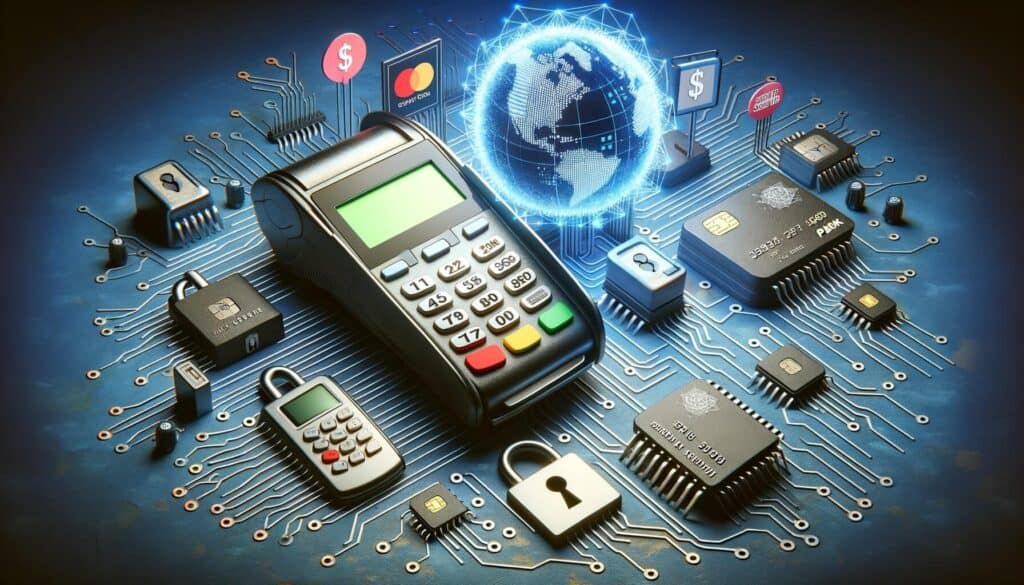
Security is of paramount importance when it comes to credit card machines. These machines handle sensitive customer data, and any breach can have severe consequences. Let’s explore the security measures implemented in credit card machines to protect against fraud and unauthorized access.
1. Encryption: Credit card machines use encryption algorithms to encrypt the cardholder’s data during transmission. This ensures that even if the data is intercepted, it remains unreadable and unusable to unauthorized parties.
2. EMV Chip Technology: EMV (Europay, Mastercard, and Visa) chip technology has become the standard for credit card transactions. Credit card machines equipped with EMV chip readers provide an added layer of security by validating the card’s authenticity and preventing counterfeit card fraud.
3. Tokenization: Tokenization is a process where sensitive cardholder data is replaced with a unique identifier called a token. This token is used for transaction processing, while the actual card data is securely stored in a token vault. Tokenization reduces the risk of data breaches, as the token has no value to potential attackers.
4. PCI DSS Compliance: The Payment Card Industry Data Security Standard (PCI DSS) is a set of security standards that all businesses accepting credit card payments must adhere to. Credit card machines need to be PCI DSS compliant, ensuring that they meet the necessary security requirements to protect cardholder data.
5. Secure Key Management: Credit card machines use secure key management systems to protect encryption keys. These keys are used to encrypt and decrypt sensitive data, and their secure storage is crucial to prevent unauthorized access.
Troubleshooting Common Issues with Credit Card Machines
While credit card machines are generally reliable, they can encounter issues from time to time. Let’s explore some common problems that merchants may face with their credit card machines and how to troubleshoot them.
1. Connection Issues: If your credit card machine is not connecting to the internet or the payment processor, check the physical connections and ensure that the network is functioning properly. Restarting the machine or resetting the network settings may also resolve the issue.
2. Card Reading Errors: If the credit card machine is having trouble reading cards, clean the card reader with a soft cloth to remove any dirt or debris. If the problem persists, the machine may require a firmware update or professional servicing.
3. Transaction Declines: If a transaction is declined, check the error message displayed on the credit card machine. Common reasons for declines include insufficient funds, expired cards, or suspected fraud. Instruct the customer to contact their bank for further assistance.
4. Printer Issues: If the credit card machine’s printer is not functioning correctly, check the paper roll and ensure it is properly inserted. If the paper roll is empty, replace it with a new one. If the printer is still not working, it may require cleaning or servicing.
5. Software Updates: Regularly update the software on your credit card machine to ensure it has the latest security patches and features. Check the manufacturer’s website or contact their support for instructions on how to update the software.
Frequently Asked Questions about Credit Card Machines
1. What is the difference between a credit card machine and a payment terminal?
A credit card machine and a payment terminal are essentially the same thing. They are both devices used to process credit card transactions. The term “credit card machine” is more commonly used in traditional retail settings, while “payment terminal” is often used in the context of mobile or wireless devices.
2. Can credit card machines process debit card transactions?
Yes, credit card machines can process debit card transactions. Debit cards can be swiped, inserted, or tapped on the credit card machine, just like credit cards. The transaction is processed similarly, but the funds are deducted directly from the customer’s bank account instead of being charged to a credit line.
3. Are credit card machines secure?
Credit card machines employ various security measures, such as encryption, EMV chip technology, and PCI DSS compliance, to ensure the security of cardholder data. However, it is essential for merchants to follow best practices, such as regularly updating software and implementing strong password policies, to maintain the security of their credit card machines.
4. Can credit card machines accept contactless payments?
Yes, many credit card machines are equipped with contactless payment capabilities. These machines can accept payments made by tapping a contactless-enabled card or mobile device, such as a smartphone or smartwatch, on the terminal. Contactless payments offer a convenient and secure way to make transactions quickly.
5. How long does it take for a credit card transaction to be processed?
The time it takes for a credit card transaction to be processed can vary depending on various factors, such as the payment processor, the customer’s bank, and the network connectivity. In general, most transactions are processed within a few seconds to a few minutes.
Conclusion
Credit card machines have revolutionized the way we make payments, offering convenience, security, and efficiency. Understanding how these machines work is essential for both merchants and consumers. In this comprehensive guide, we explored the basics of credit card processing, the different types of credit card machines, the transaction processing flow, the role of payment gateways, security measures, troubleshooting common issues, and answered frequently asked questions.
As technology continues to advance, credit card machines will evolve to meet the changing needs of businesses and consumers. It is crucial for merchants to stay updated with the latest trends and security practices to ensure a seamless and secure payment experience for their customers.